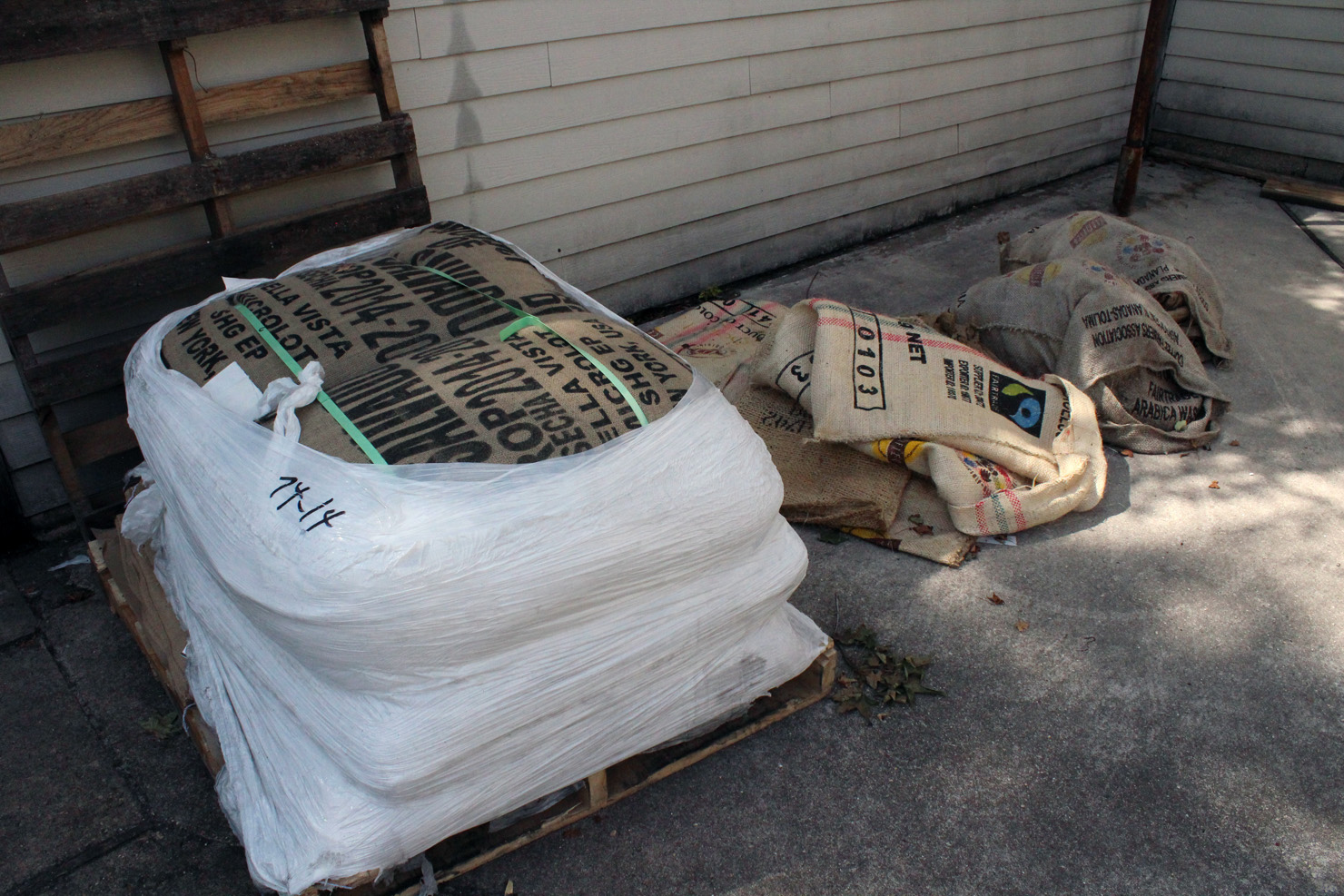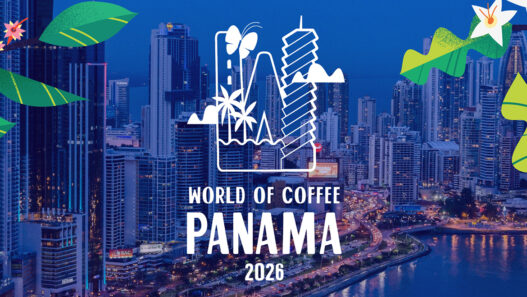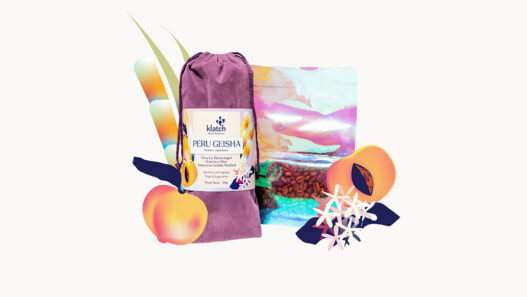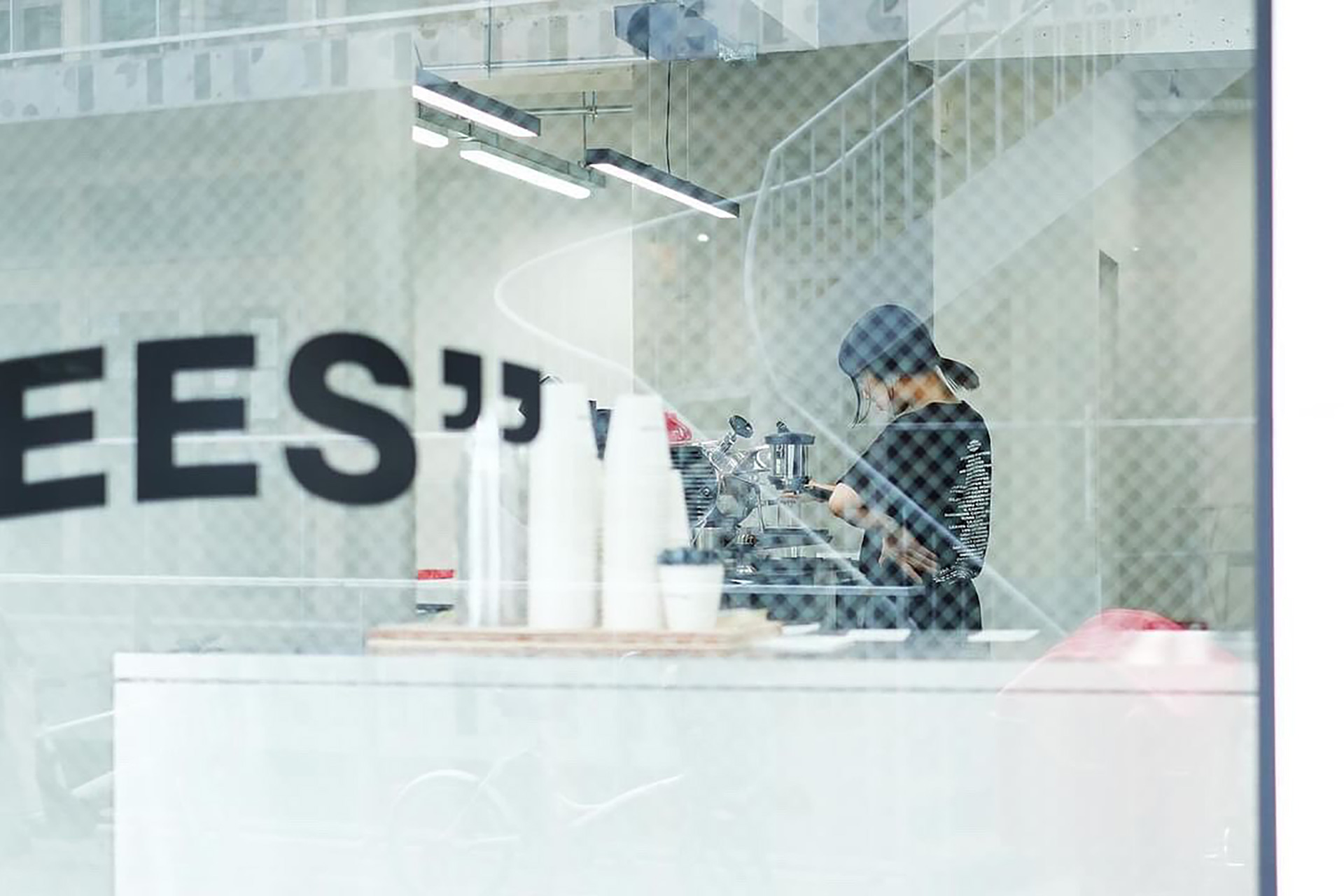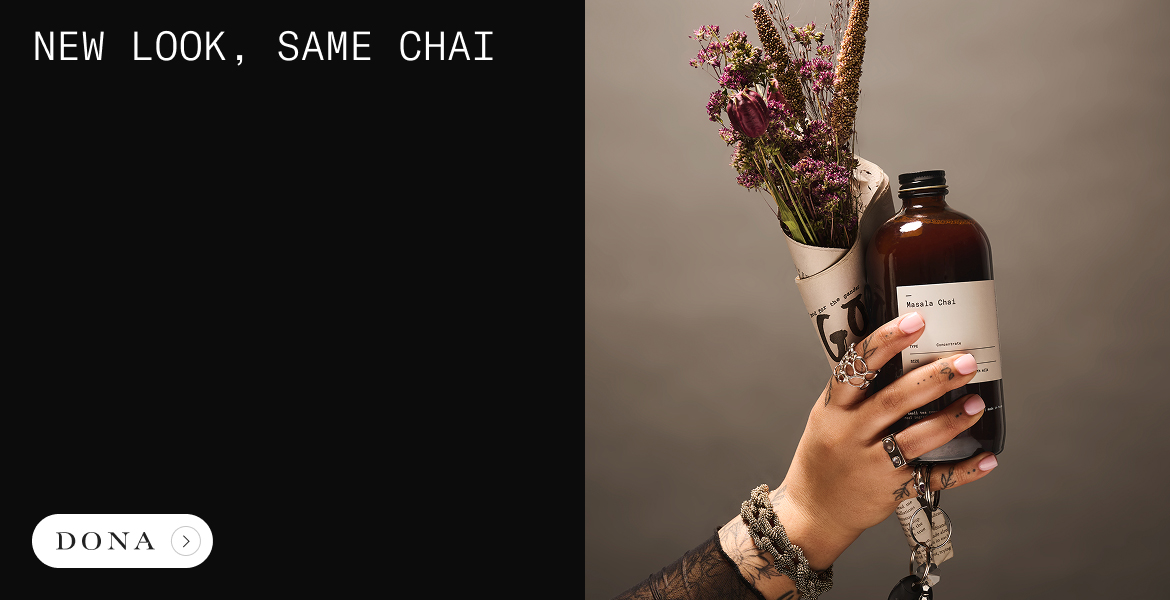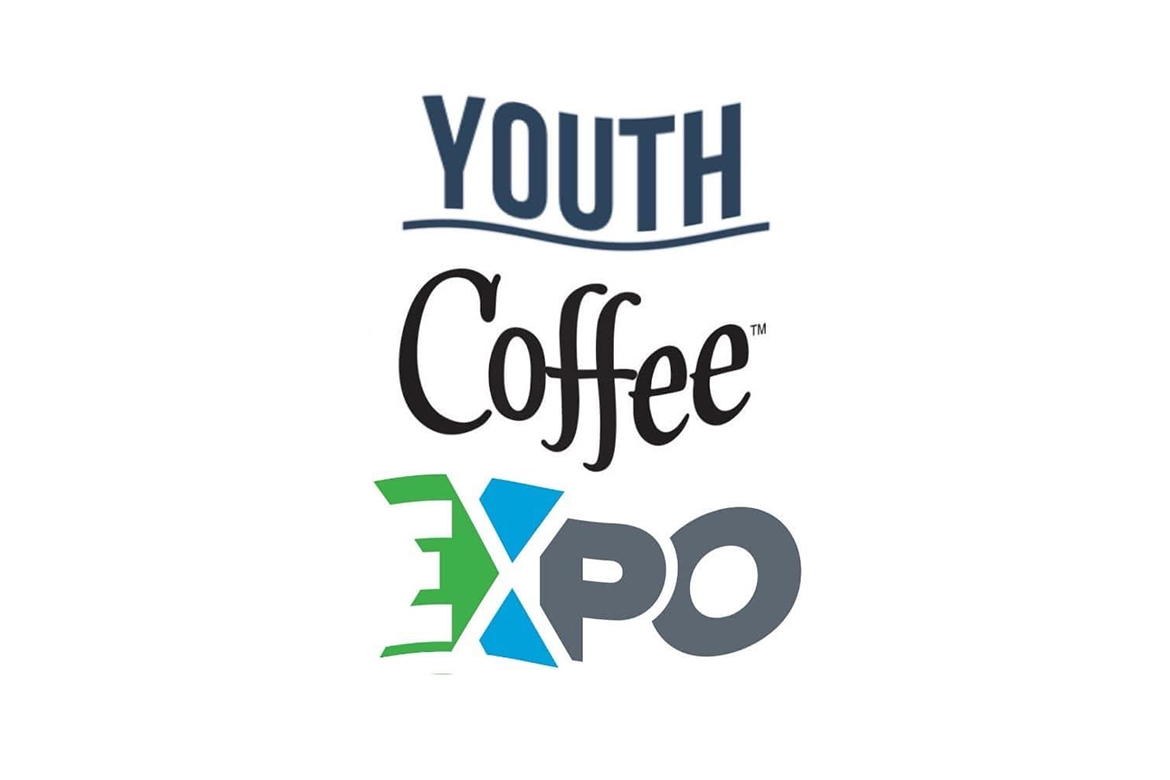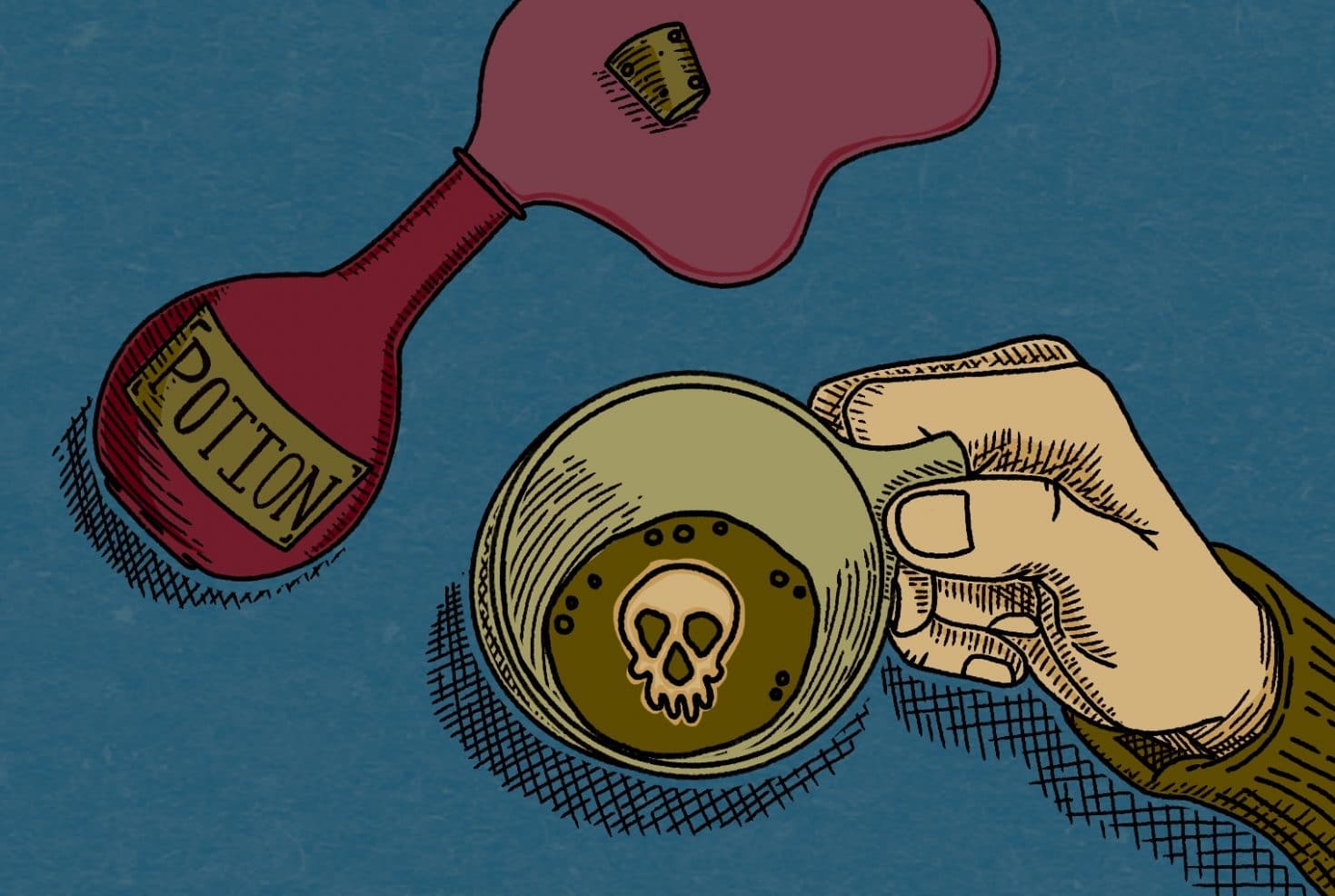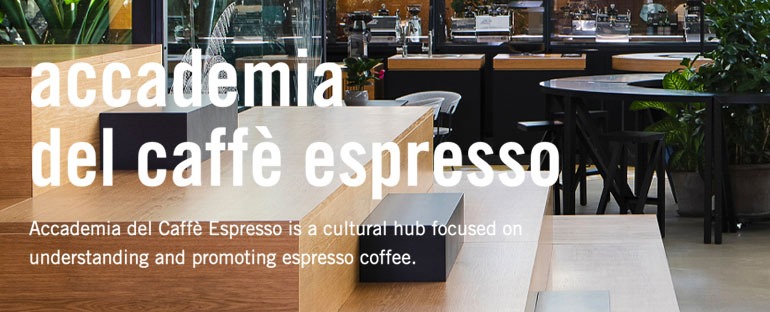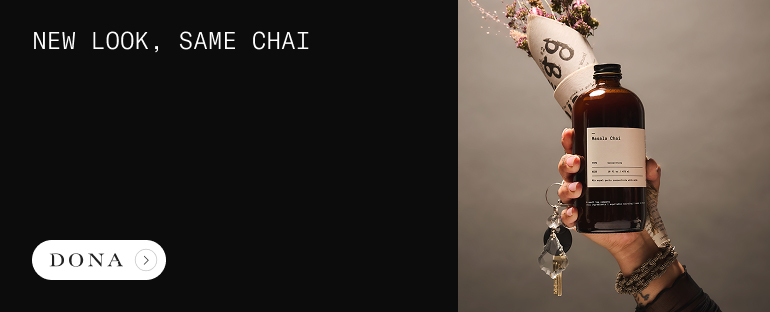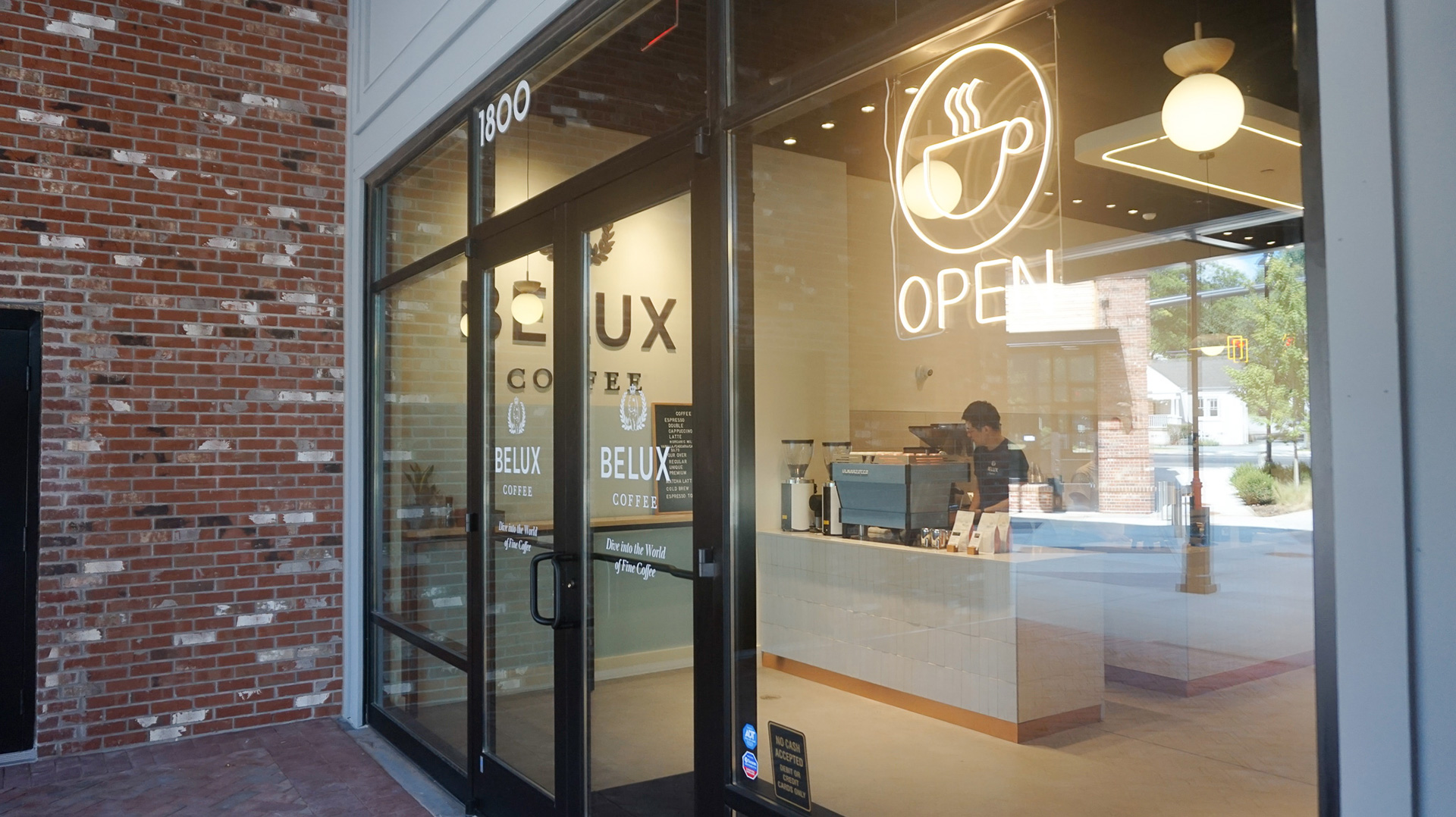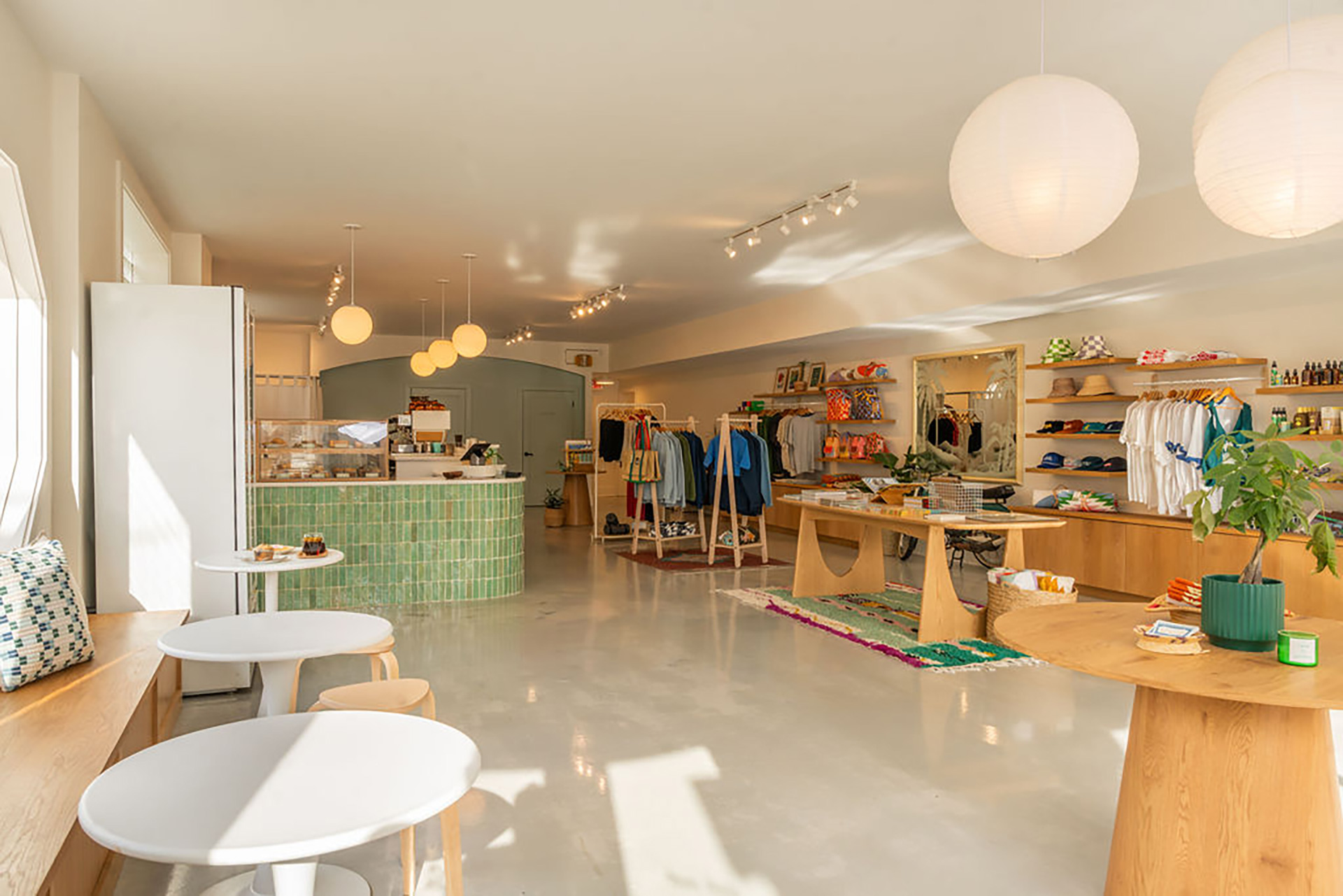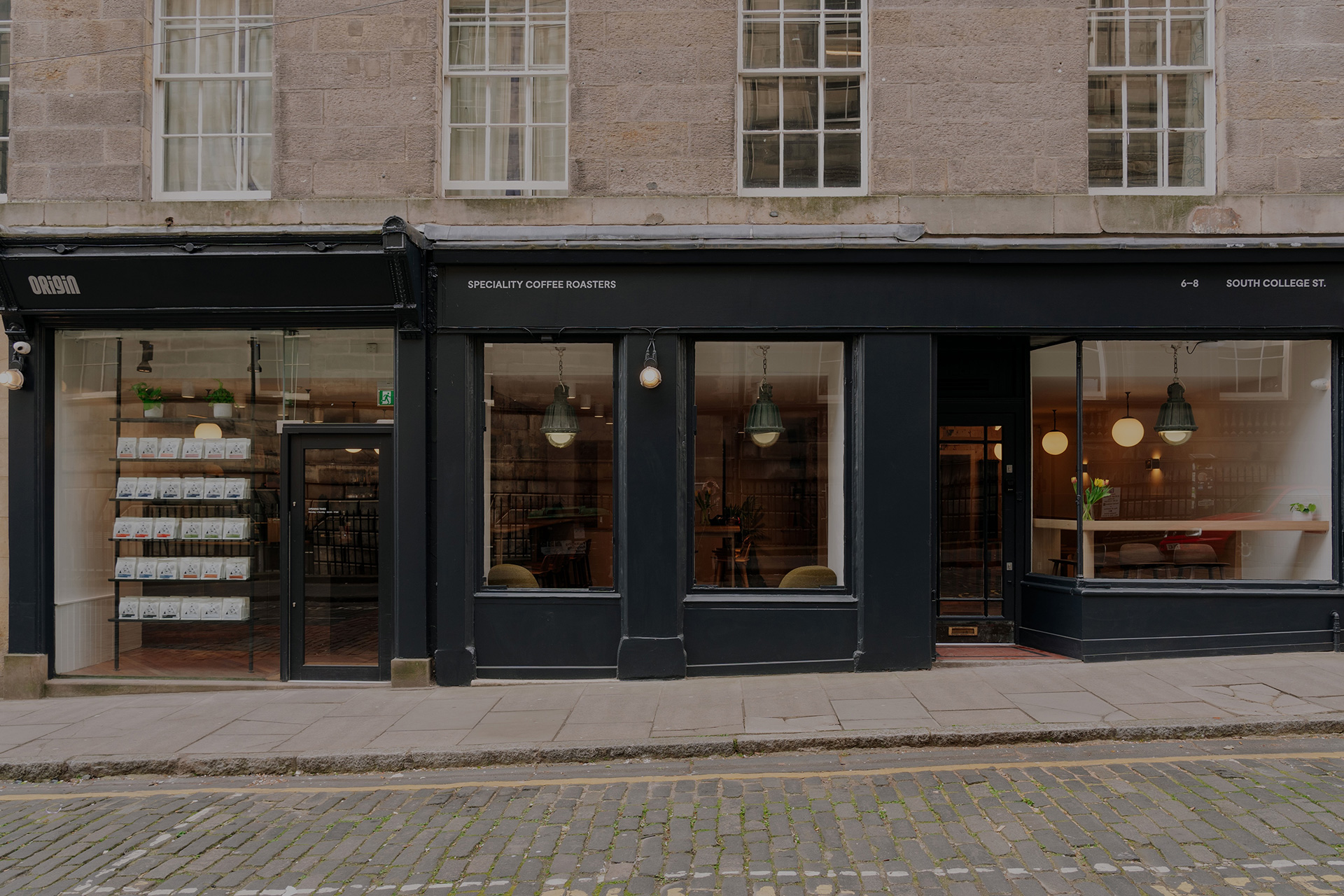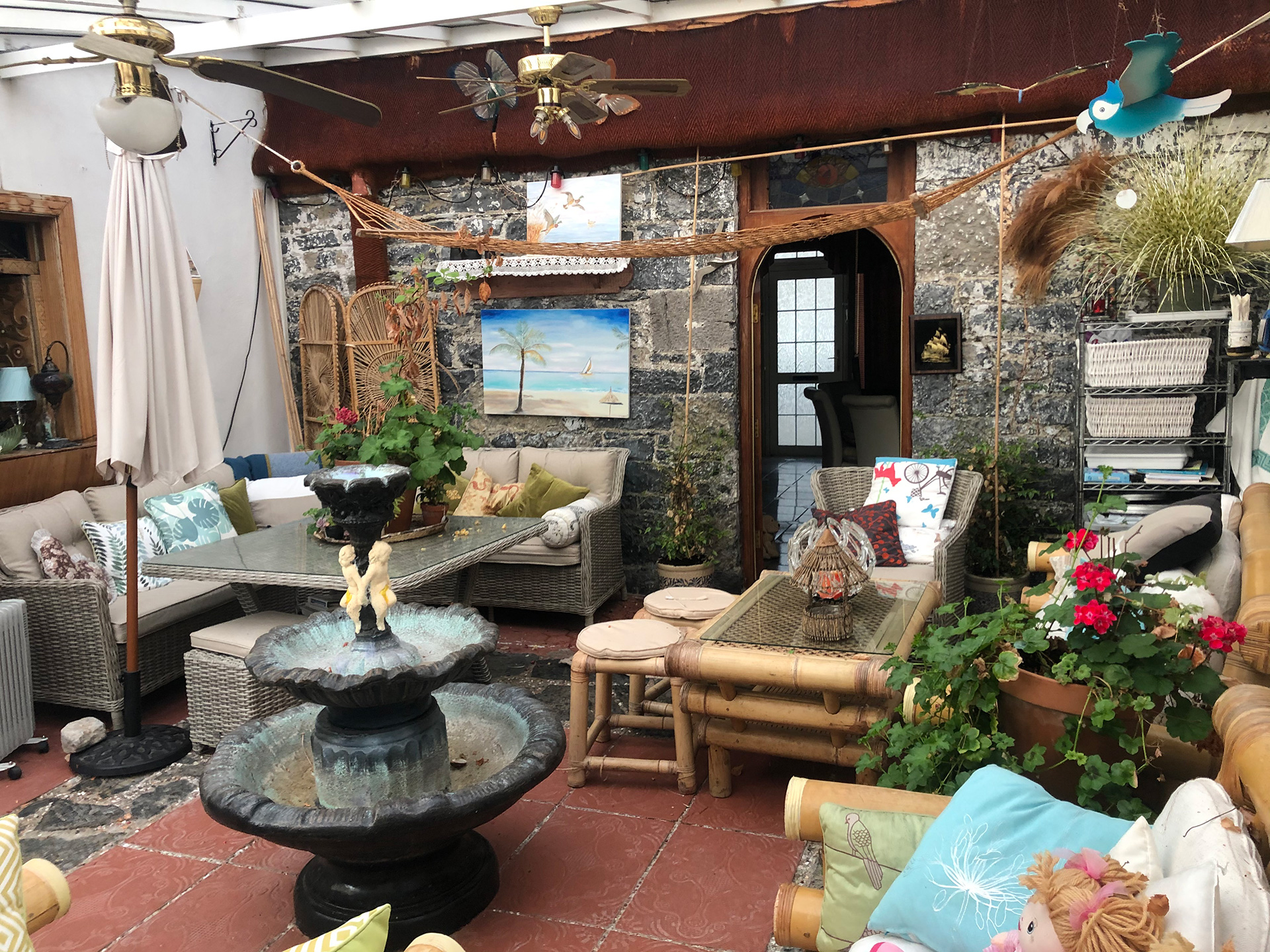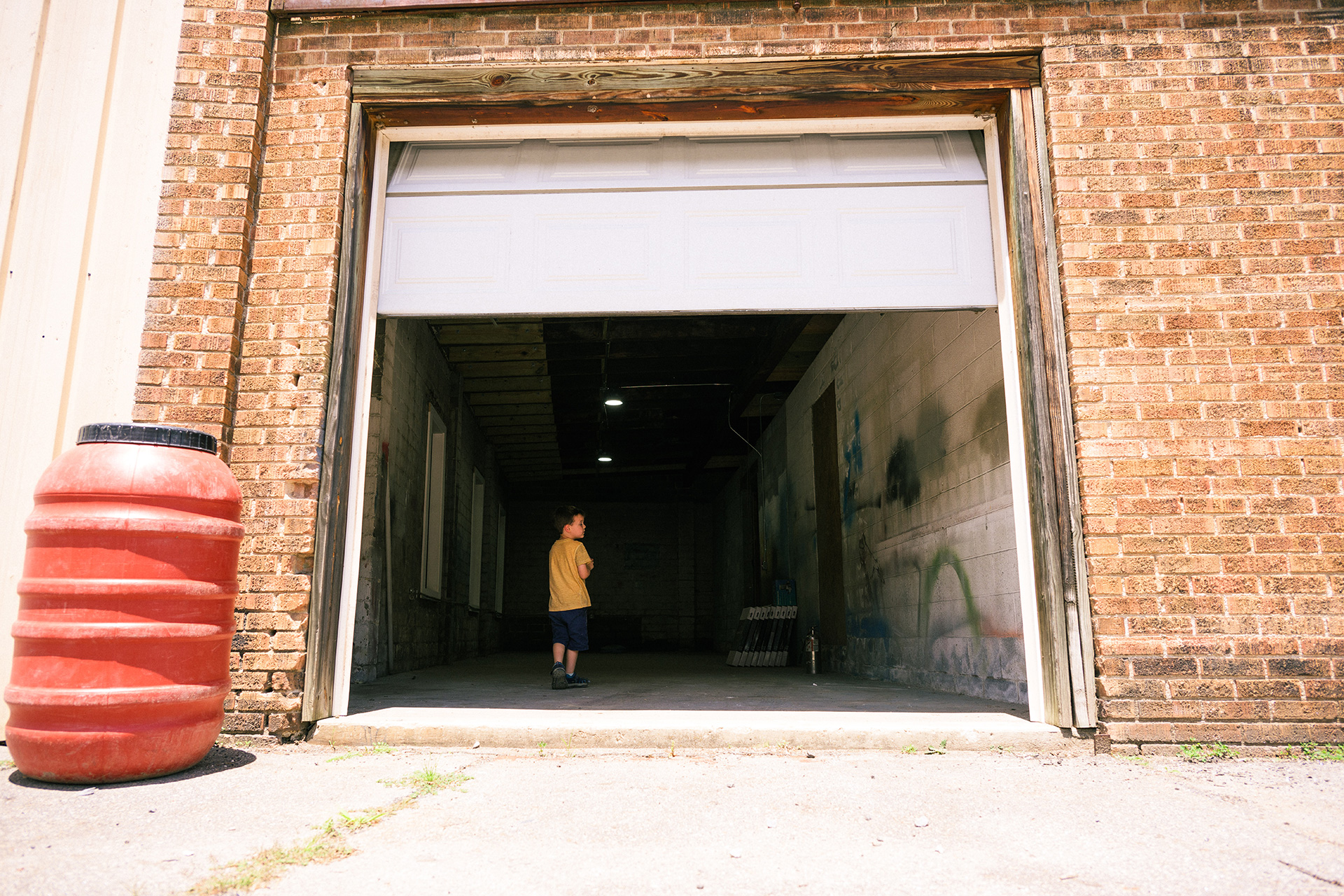The 2024 edition of Build-Outs of Coffee has come to a close. Like summer itself, Sprudge’s annual feature series celebrating new cafes the world over burned brightly for four months, shining a spotlight on what’s hot in specialty coffee in 2024 and where the industry is headed. And as the seasons change turn more reflective, so too do we look back on this year’s Builds.
It has become somewhat of an annual tradition around these parts to do a bit of numbers crunching on what transpired as part of the Build-Outs of Coffee, colloquially known as the Analytics of Autumn. What started as a fun little deep dive into gear has become a surprisingly prescient look at where the industry is heading in the coming years. Frankly we could package this up with some graphics and charge brands thousands to see it, but instead we reveal it to you, our readers, for free. The Build-Outs belong to everyone.
This year’s roster of Builds was one of the biggest to date—47 in total—giving us more data points from which to predict the future. So let’s dive in!
The Where
It was a global affair for the 2024 Build-Outs of Coffee, with just over 25% of all entries coming from outside the United States. Representing four different continents, we saw new cafes in Turkey and France, Canada and Indonesia, in Japan and Australia and multiple countries across the UK.
Domestically, nearly half of all states—23 in total—had at least one representative in this year’s class. But it was a very Hotlanta year, with five cafes total featured from the greater Atlanta area. Fellow southern sprawler, the Dallas/Fort Worth Metroplex came in second with three coffee shops. Overall, the eastern seaboard won the day, with just under 50% of all US-based cafes this year.
A Dip in the Roasting Curve

After a sustained roaster’s boom, specialty coffee appears to be reaching an equilibrium. While the roaster-cafe still comprised the majority with 55% of all cafes, that number reflects the smallest percentage of roaster-cafes since 2018, when we started tracking these sort of things. It’s a 20-point dip from the heyday of Everybody Roasts. The beneficiary of this pendulum swing back to the middle is the multi-roaster cafe. Nearly one in four new cafes this year operate a multi-roast model, though in a more reserved manner than when it was all the rage. You won’t see cafes with five or 10 different roasters on offer at any one time like you perhaps once would. The modern multi-roaster is maybe two to three, often with one mainstay roaster and then a few semi-yearly rotators.
A corollary phenomenon that tracks pretty one-for-one with the roaster-cafe/multi-roaster dichotomy is how these new cafes fit within a brand’s presence in the market. In another first for the Analytics, the majority of the Builds this year were from first-timers, with a whopping 60%. While 17 of the 19 new cafes on their second location (or greater) were part of roasting companies, the first cafes were evenly split between multi-roasters, roasters, and single-roaster shops.
The Year in Gear
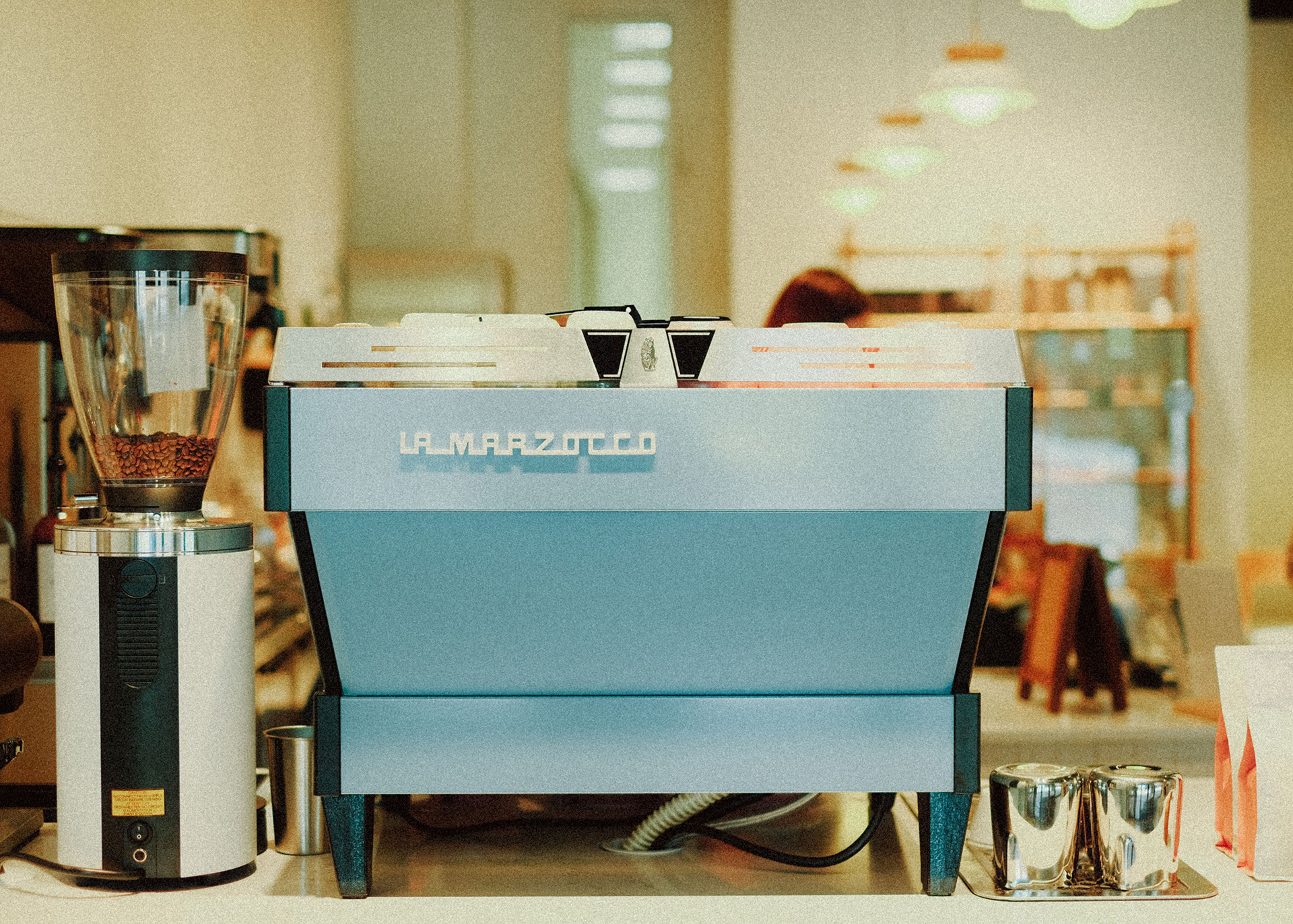
They say the definition of insanity is doing the same thing over and over again and expecting different results, which is basically what this particular section of the Analytics of Autumn has become. The La Marzocco Linea and the Mahlkönig EK43 remain the most popular espresso machine and grinder by wide margins. The Linea and EK represented 27% and 33% of all espresso machines and grinders, respectively, bolstering their brands’ market shares to a category leading 43% and 67%, respectively.
While the EK’s nearest “competition” came from inside the house—the E65 and the E80 had four each—the Linea saw a challenger emerge via the Slayer Steam. The Steam was the second-most popular machine this year with six.
Reading the Tea Leaves
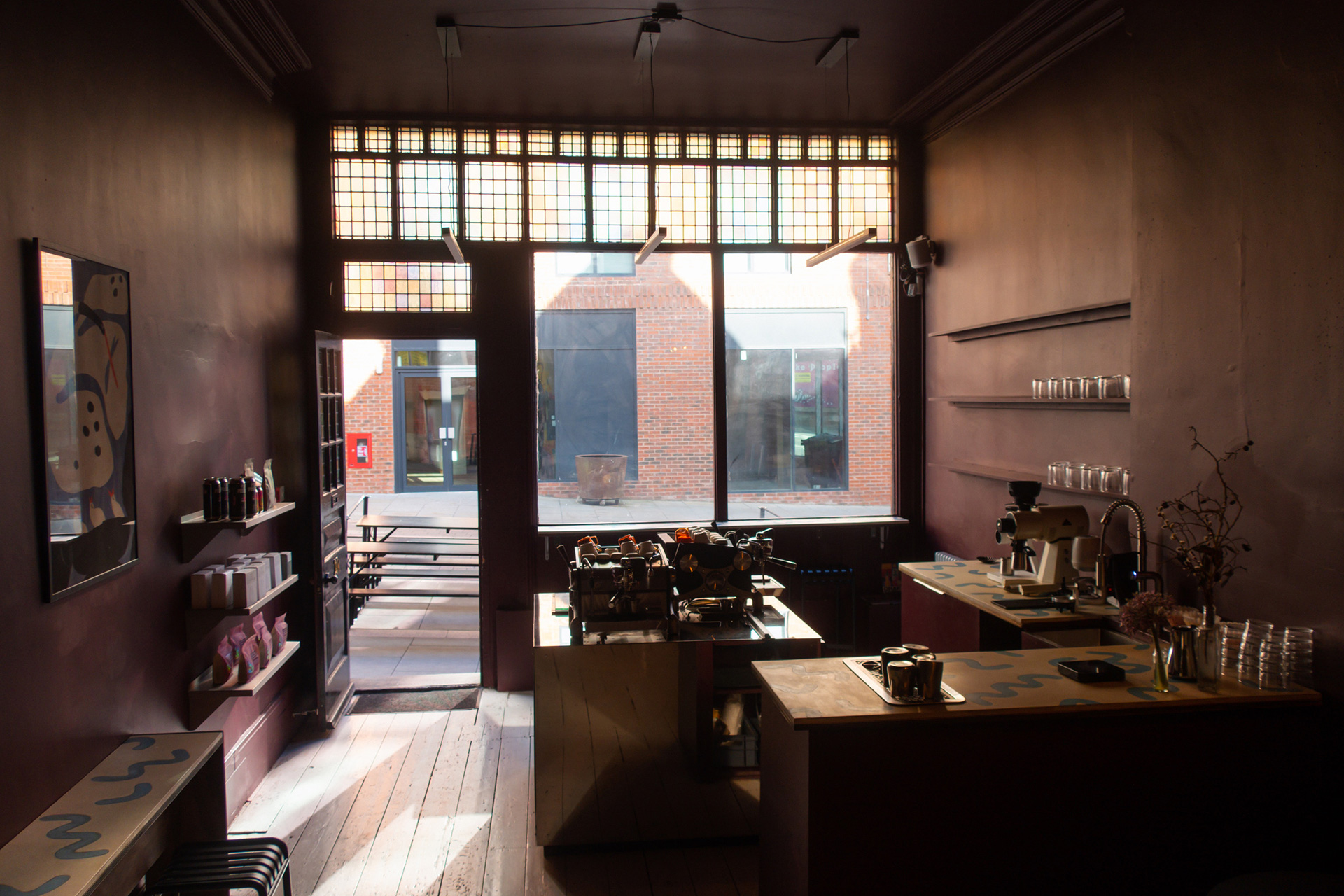
If there was one theme this year it’s that there was no theme, due perhaps in part to a reemergence of cafes with a unique perspective. For so many years, specialty coffee shops tried to smooth off edges and cast a wider net. In an effort to not alienate, everything moved toward the center. But that appears to be changing this year. Thanks to the majority of first-time cafes, who have more freedom to try something new—as opposed to second locations that are more likely trying to recreate what made the first successful—we saw a host of cafes with a well-defined point of view. There were Indonesian and Colombian and Yemeni and Latino-inspired cafes. Shops were plant-based and in plant shops (and green shops of another ilk). In bake shops and bike shops.
This, if you’ll allow me a moment of editorializing, is coffee in its best form. Instead of a coffee scene with 10 cafes all trying to please everybody, give me 10 shops offering up coffee they way they want to drink it. I may love Scandinavian-style filter coffee, but I’ll take a medium roast espresso from someone who loves that style over someone doing the light roast thing because it’s “cool” (if you can even call it cool anymore). Coffee that is deeply felt and served with love and attention trumps style preference any day of the week and twice on Sunday.
There’s a knock-on effect. That diversity of perspective will only serve to enrich the coffee culture in an area, breeding new and exciting expressions along the way. In a lot of ways it is reminiscent of coffee in the of the early 2010s. They were wild times, and not always for the best, but part of what made that particular coffee moment so singular was the variety of perspective available. The coffee you got at Slate wasn’t the coffee you got at Milstead & Co or Neptune or whichever Seattle cafe you preferred. And in a time when coffee isn’t exactly cool like it once was, perhaps the return of the uniquely-focused cafe will reignite the spark.
Zac Cadwalader is the managing editor at Sprudge Media Network and a staff writer based in Dallas. Read more Zac Cadwalader on Sprudge.



